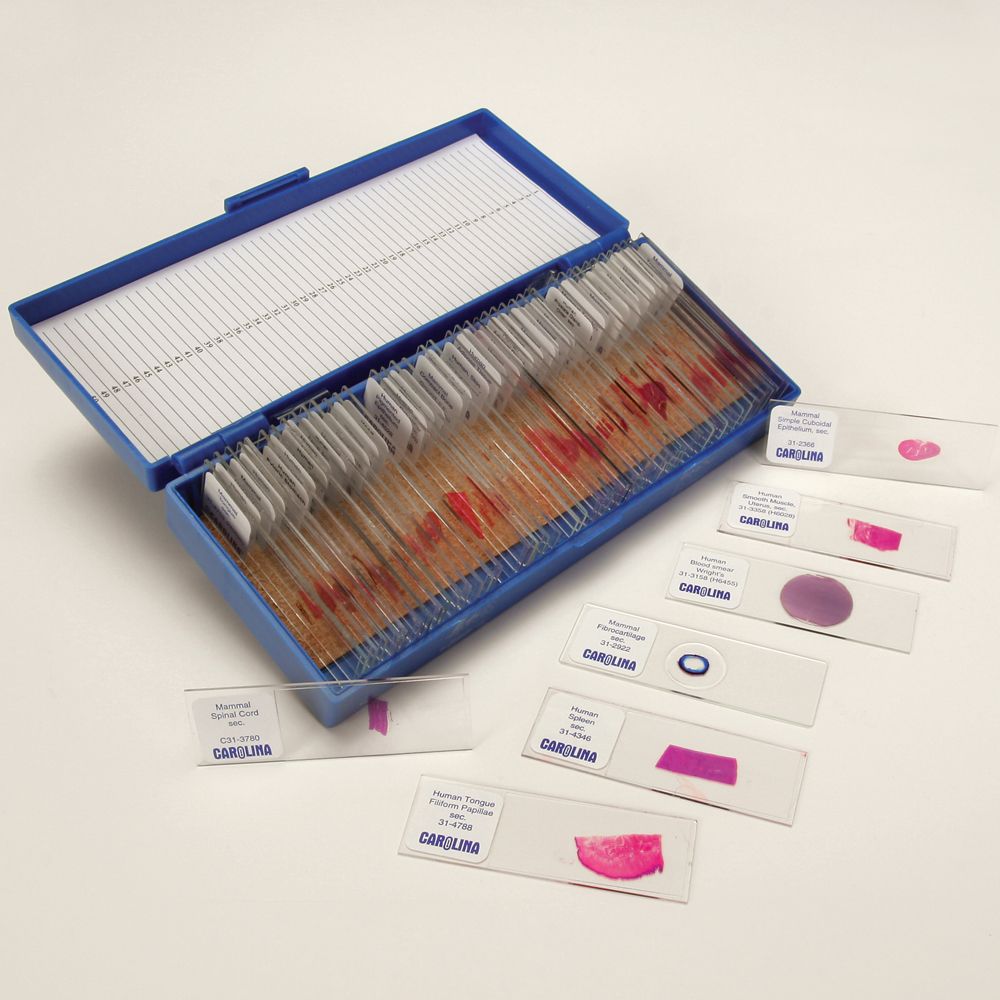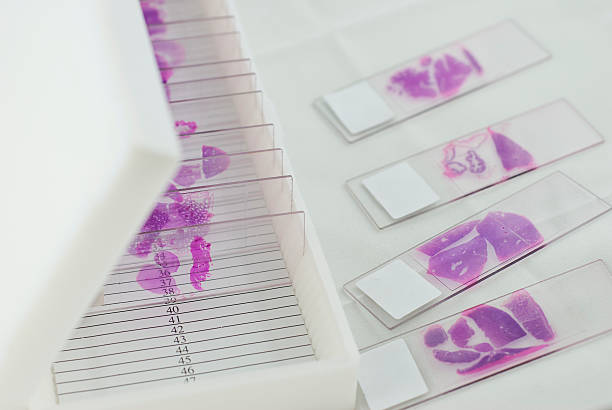Immunohistochemistry Controls
Appropriate controls are critical for the accurate interpretation of IHC/ICC results. The results of a satisfactory IHC/ICC experimental design demonstrate that the antigen is localized to the correct specific tissues, cell types, or subcellular location. When designing your IHC experiment, it is important to include positive and negative controls. These controls will help verify the accuracy and effectiveness of the IHC staining results observed while exposing the experimental artefacts. Currently, there are 6 established IHC controls that will help you determine the specificity of the observed antibody staining.
Positive Controls
For positive tissue controls, a known tissue type expressing the protein of interest is stained. If the result is positive, then the assay is working correctly. If no staining occurs in the positive control, it is time to troubleshoot the staining protocol.
Negative Controls
Negative tissue controls are used to reveal non-specific binding and false positive results. Select a tissue that is known to not express the protein of interest. Negative controls should not express the target antigen. If staining occurs, you can confirm that the staining is not specific. Common negative control tissues are knockdown or knockout tissue specimens.
Autofluorescence Controls

Certain cells and tissue types, particularly those abundant in collagen, elastin, and lipofuscin, may have inherent biological properties that emit natural fluorescence (known as autofluorescence), which could lead to a misinterpretation of the results. Before applying primary antibodies, cells and tissues should be examined under the microscope using either fluorescence (for fluorescent labels) or bright-field (for chromogenic labels) illumination to ensure there is no signal inherent to the tissue itself.
Isotype Controls
When working with monoclonal primary antibodies, consider including isotype controls in your experiment. An isotype control antibody is a non-immune immunoglobulin (e.g. IgG2, IgM, IgY) of the same isotype, clonality, conjugate, and host species as the primary antibody. Instead of incubating the sample with the specific primary antibody, the isotype control sample is incubated with the isotype control antibody at the same concentration under the same experimental conditions. These samples are then incubated with the secondary antibodies and detection reagents. Isotype controls will help to ensure that specific staining is not caused by non-specific interactions of immunoglobulin molecules with the samples.
Secondary Antibody Only Controls
Secondary antibody only controls, also known as no primary antibody controls, follow the same protocol, except the tissue is not incubated with primary antibodies. The samples are incubated only with the antibody diluents without adding the primary antibodies. Afterwards, samples are incubated with the secondary antibodies and other detection reagents. This is to determine if the secondary antibody is binding nonspecifically to cellular components, resulting in false positives or nonspecific binding.
Absorption Controls

To demonstrate that an antibody is binding specifically to the antigen of interest, it is first pre-incubated overnight with the immunogen. After saturation, the pre-absorbed antibody replaces the primary antibody for the control. The staining pattern produced by the pre-absorbed antibody has little or no staining at the specific antibody binding sites compared to that produced by the primary antibody.
Cell Services
Histology Services